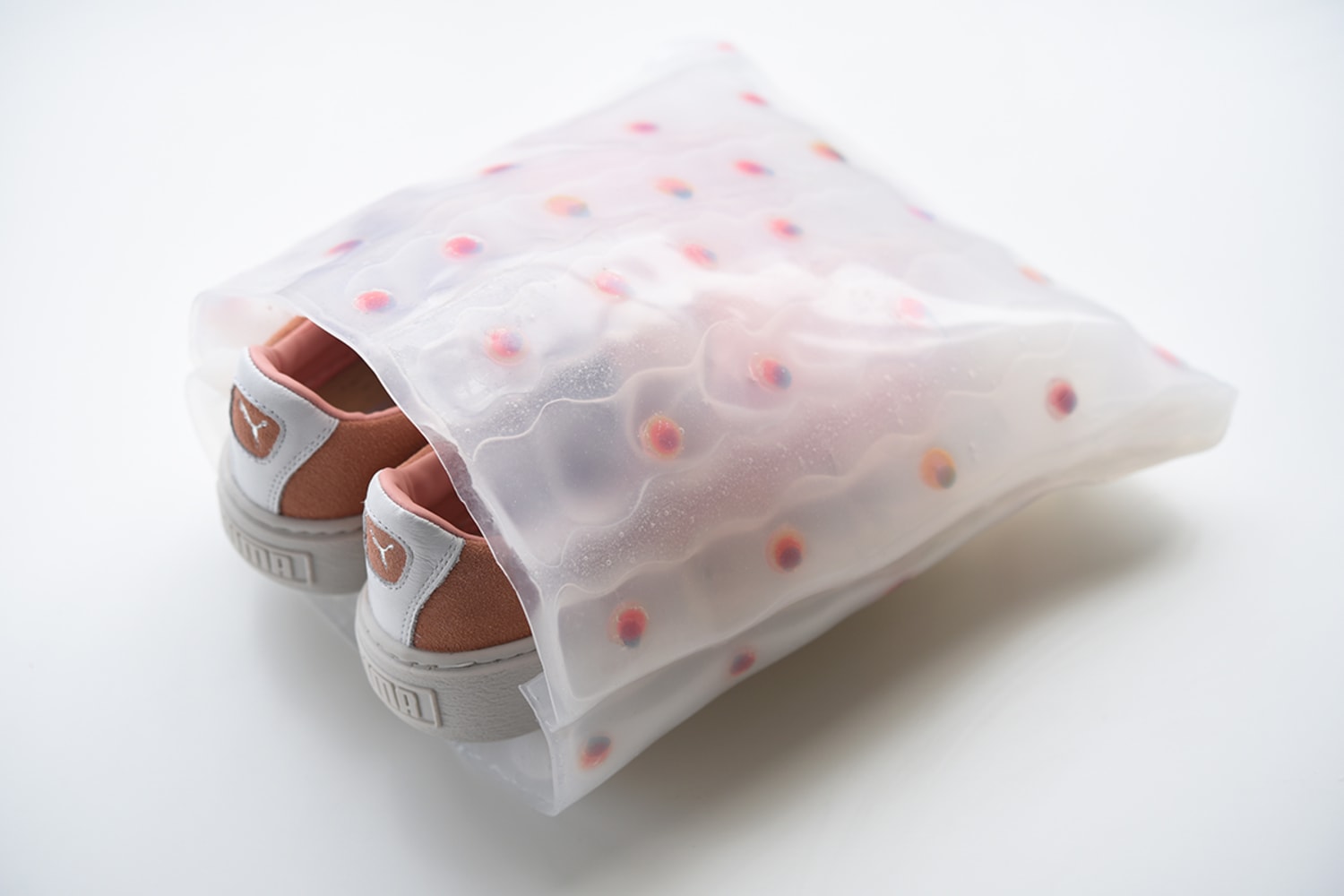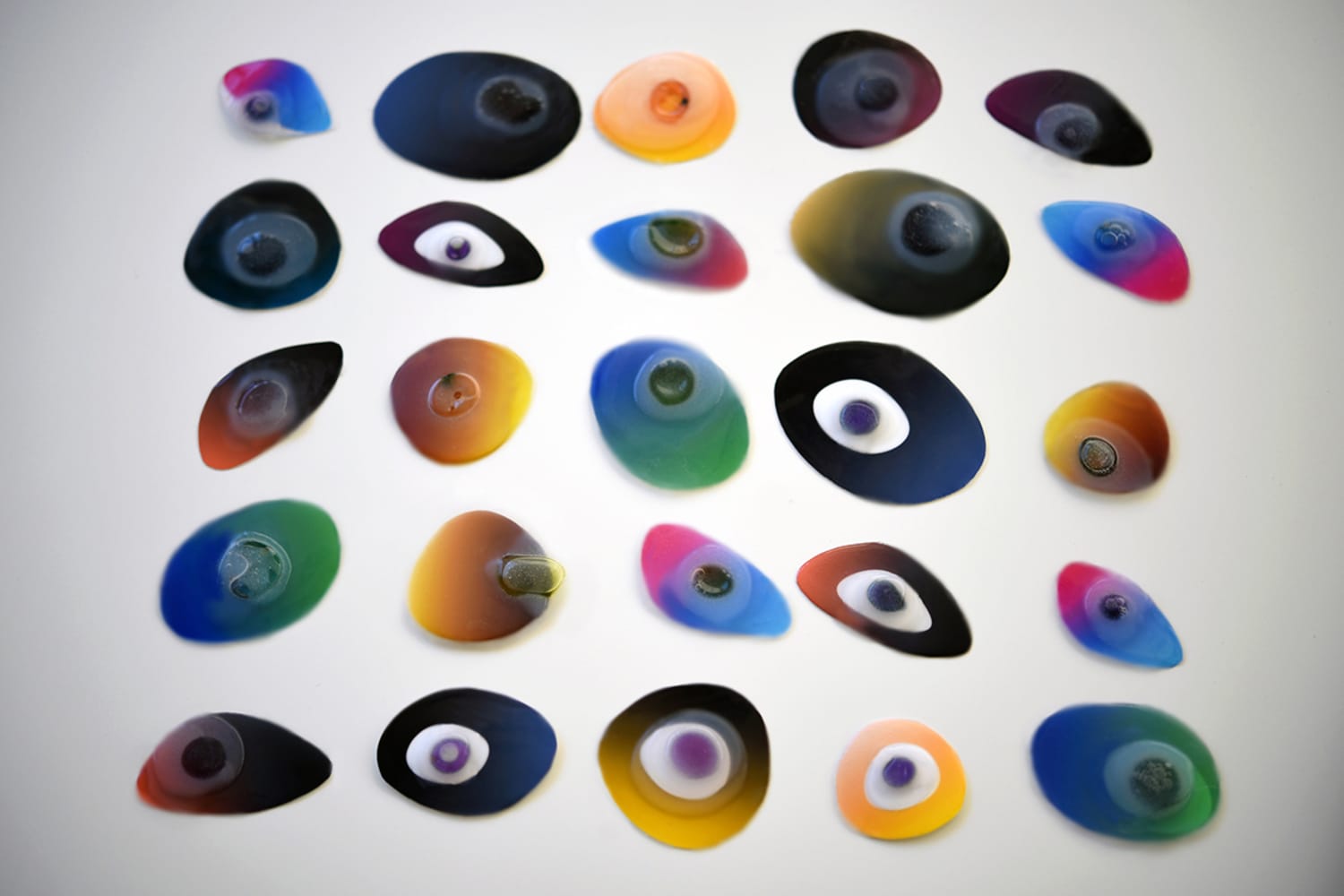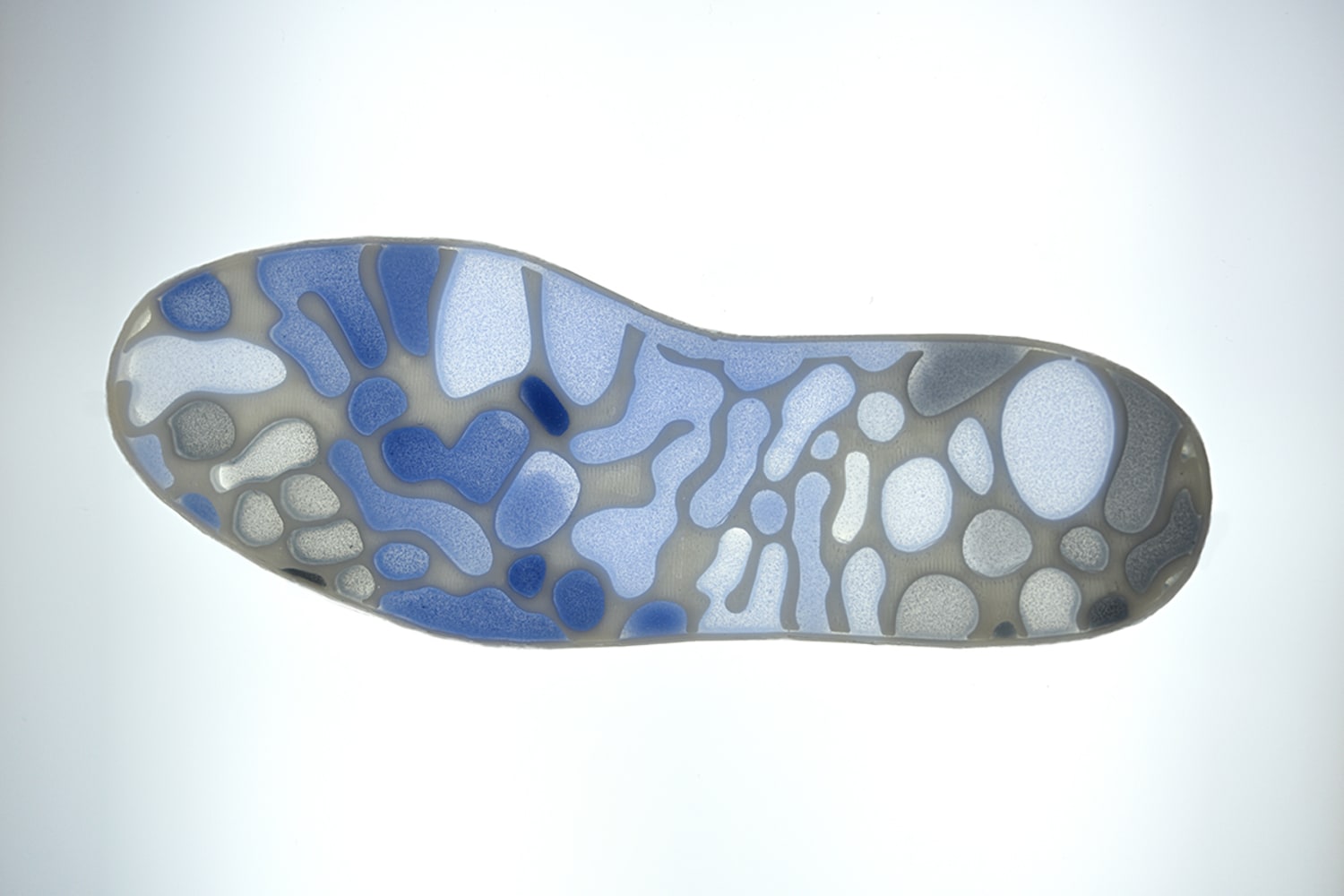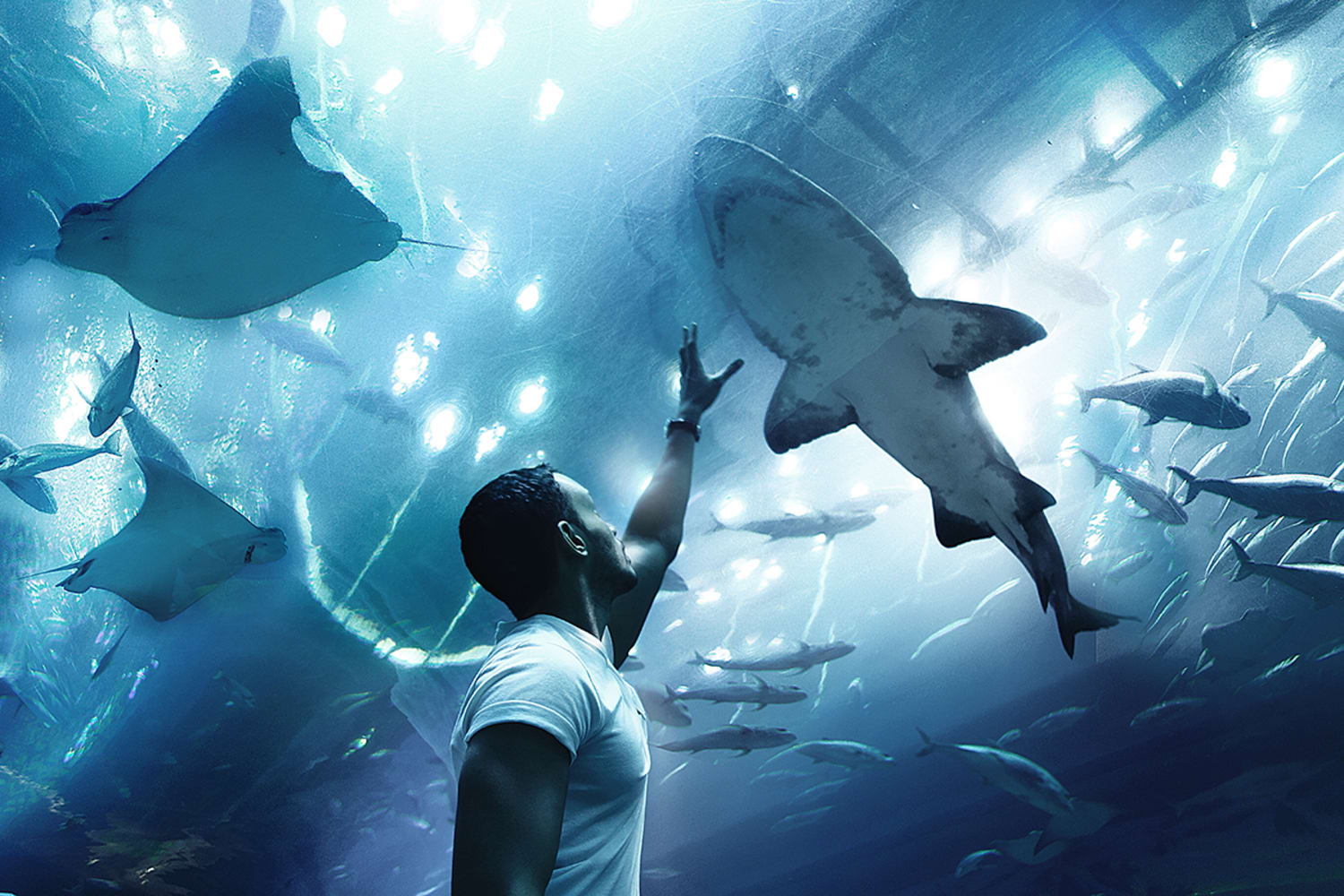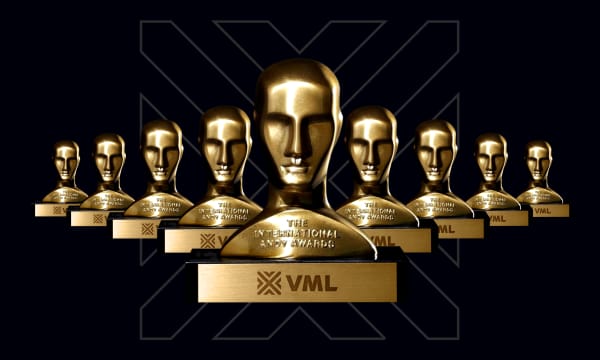What is Design Lab’s role at MIT?
We are a small inter-disciplinary lab here at MIT and focus on design experiences. The team is composed of under graduates, graduates, post-docs and full-time researchers coming from different disciplines, including architecture, design, engineering, computer science and so forth.
We focus on designing experiences and that really involves understanding people in their social context. I think what sets us apart from other labs is the focus on social context and behavioral studies. There are three parts to how we approach a project. The first is understanding human needs, experiences and values. Sometimes we would conduct contextual studies and send our teams to that actual context and gather immersion studies. The second is having a good knowledge of all the emerging technologies and I think that’s the advantage we have here at MIT—we have access to all the labs and people who are working in new emerging tech. The third is mixing the two together to design the experiences that deals with how humans in the future will interact using these emerging technologies through a design solution.
What cultural changes are you identifying?
The past few years we have been focusing a lot on the millennial generation, most of us in the lab are millennials too. I think it’s interesting to study our generation because we’re the unique generation that has grown up in the analogue but also in the digital.
Some of the interesting things that we’ve been finding is their attitudes and perception towards technologies and how that might be different from what we generally think. For example, we typically think about millennials as being digitally fluent and that they can’t live without technology. What we’re seeing is that tech is so embedded in their lives it’s not something that’s thought about, it’s second nature. At the same time, there are a lot of conflictions that we’re seeing when we talk about the use of technology in the lives of millennials. They are also making efforts to detox but wanting the full efficiency and convenience of technology. I think there’s been a shift. In the past it was all about adopting technology and now it’s about learning to live with technology.

